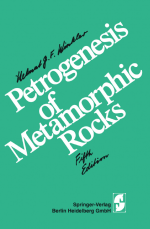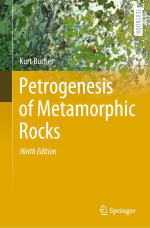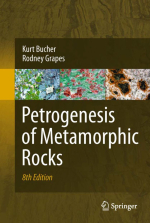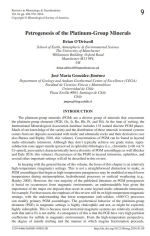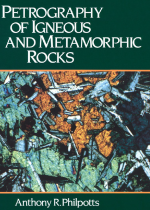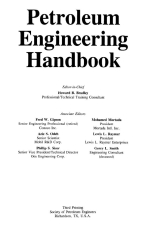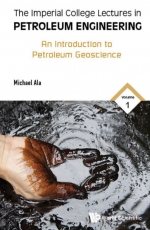Rock metamorphism is a geological process that changes the mineralogical and chemical composition, as well as the structure of rocks. Metamorphism is typically associated with elevated temperature and pressure, thus it affects rocks within the earth’s crust and mantle. The process is driven by changing physical and/or chemical conditions in response to large-scale geological dynamics. Consequently, it is inherent in the term, that metamorphism always is related to a precursor state where the rocks had other mineralogical and structural attributes. Metamorphism, metamorphic processes and mineral transformations in rocks at elevated temperatures and pressures are fundamentally associated with chemical reactions in rocks. Metamorphism does not include, by definition, similar processes that occur near the earth’s surface such as weathering, cementation and diagenesis. The transition to igneous processes is gradual, and metamorphism may include partial melting. The term metasomatism is used if modification of the rocks bulk composition is the dominant metamorphic process. Metamorphic rocks are rocks that have developed their mineralogical and structural characteristics by metamorphic processes <...>


